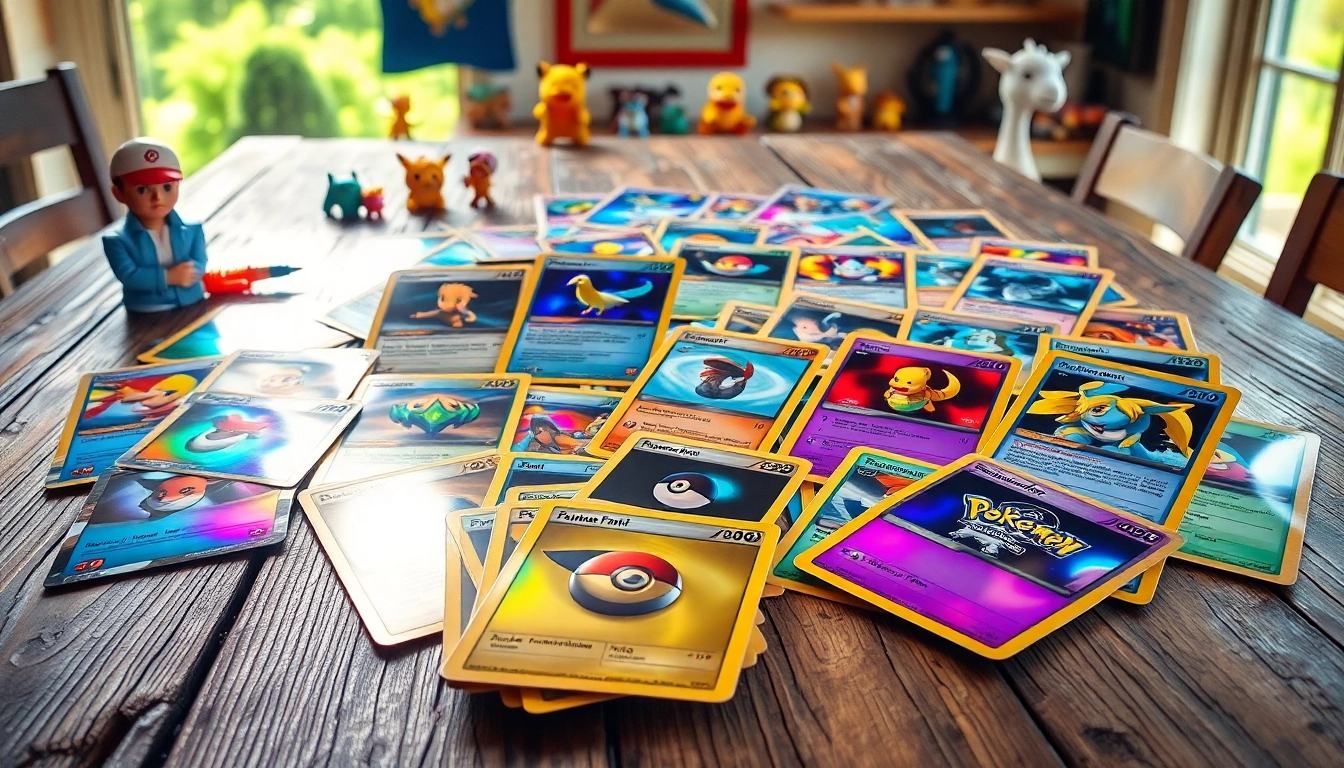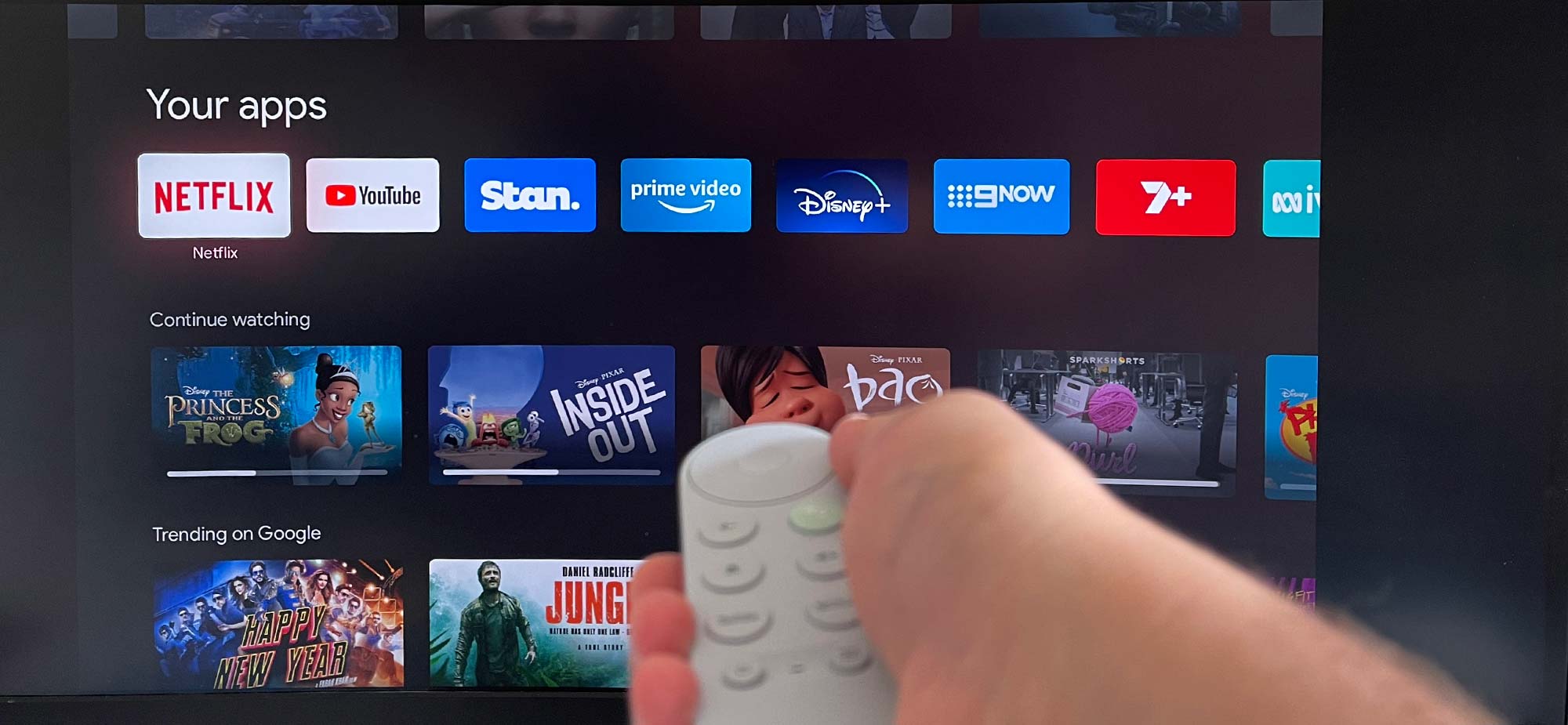Understanding Real Pokémon Cards
In the ever-expanding universe of Pokémon, the allure of real pokemon cards continues to capture the hearts of both young trainers and seasoned collectors alike. With millions of cards in circulation, knowing what constitutes an authentic Pokémon card is paramount. This section will delve into the essential characteristics that define real Pokémon cards, explore common signs of authenticity, and discuss the significance of owning genuine cards within the vibrant Pokémon community.
What Makes Pokémon Cards Real?
Real Pokémon cards are produced by The Pokémon Company and follow stringent production standards. One of the primary identifiers of an authentic card is its weight and texture. Genuine cards possess a specific weight, with a high-quality cardstock that creates a tactile feel distinguishing them from fakes. Authentics are also printed using superior ink, leading to vibrant colors and sharp details versus the often dull and blurry prints found in counterfeit cards.
Common Signs of Authentic Pokémon Cards
- Light Test: A genuine Pokémon card allows light to pass through it slightly, revealing a blue core. Fake cards might appear more opaque.
- Texture and Finish: Genuine cards have a smooth finish, whereas fakes often feel either overly glossy or too matte.
- Dimensional Attributes: Real cards will exhibit specific dimensions; for example, a standard card should measure 63 x 88 mm.
- Print Patterns: Examining the print patterns closely can reveal authenticity. Genuine cards have consistent and precise dot patterns, while fakes may look irregular or pixelated.
The Importance of Real Pokémon Cards for Collectors
For collectors, the distinction between real and fake Pokémon cards is not merely a matter of aesthetics. Real cards hold intrinsic value due to their limited availability and historical significance within the Pokémon Trading Card Game (TCG) landscape. Authentic cards also serve as a marker of legitimacy: they can be traded, sold, or graded for future investment opportunities. Moreover, the thrill of building a collection filled with genuine items fosters community and camaraderie among collectors, enhancing the overall experience of Pokémon fandom.
Where to Purchase Real Pokémon Cards
Purchasing real Pokémon cards involves various avenues, each with its advantages and unique offerings. This section will cover both online platforms and local stores, assisting collectors in making informed buying choices.
Top Online Retailers for Authentic Cards
Online shopping for Pokémon cards has never been easier, with several reputable retailers leading the way:
- Pokémon Center: The official Pokémon site offers a range of items, including booster packs and singles directly from the source.
- Cardmarket: Europe’s largest online marketplace for Pokémon cards, where buyers can find singles and booster packs at competitive prices.
- Amazon: A vast collection of Pokémon cards is available on Amazon, although ensuring authenticity can require careful selection and review of seller ratings.
- Specialist Retailers: Websites like TCGPlayer provide a marketplace catered specifically to TCG enthusiasts, ensuring a more focused search experience.
Local Game Stores: A Hidden Treasure
While online shopping offers convenience, local game stores (LGS) present unique opportunities, often including:
- Community Engagement: Local stores are central to the community, hosting tournaments and trading events, which can enhance your collecting experience.
- Hands-on Inspection: Visiting an LGS allows collectors to inspect cards physically, providing firsthand assurance of authenticity before purchase.
- Supporting Local Businesses: Purchasing from nearby retailers contributes to local economies and fosters relationships within the community.
Comparing Prices: Online vs Local
Price comparison between online platforms and local game stores remains a crucial consideration for buyers. Online prices often range widely, influenced by factors such as seller reputation and card condition. Conversely, local stores may offer competitive prices, especially for bulk purchases or during special promotions. However, the value of physical inspection and community engagement at LGS often justifies slightly higher prices for collectors valuing authenticity above all else.
Identifying Fake Pokémon Cards
Counterfeit Pokémon cards have become an issue for collectors, necessitating knowledge on how to spot such fakes effectively. Understanding the nuances can save both time and money while preserving the integrity of one’s collection.
Tips to Spot Counterfeit Cards
Identifying fake Pokémon cards can be straightforward with a keen eye and a few practical tips:
- Feel the Card: Authentic cards have a certain weight and quality that may be lacking in fakes. Feel for differences in texture or flexibility.
- Check the Edges: Real cards possess even, well-defined edges, while counterfeit creations might have irregularities.
- Look for Holograms: Specific sets feature a holographic emblem; ensure this is present and correctly aligned with the design.
- Verify the Ruler Method: Measure the card dimensions with a ruler; discrepancies indicate potential fakes.
Common Mistakes Buyers Make
Many collectors inadvertently fall into traps that lead to purchasing fake cards. Some common pitfalls include:
- Impulse Purchases: Buying cards hastily without examining them fully can lead to undiscovered fakes.
- Overlooking Minor Details: Small misalignments in print or texture often go unnoticed, leading to costly mistakes.
- Trusting Unverified Sellers: Purchasing from unproven sources, especially online, can increase the risk of encountering counterfeit goods.
Resources for Verification
Several tools and resources can aid in the verification of Pokémon cards:
- Online Forums: Platforms like Reddit (r/PokemonTCG) offer community insights, experiences, and advice around identifying fakes.
- Grading Services: Professional grading services evaluate card authenticity and condition, providing an unbiased assessment.
- Informative Websites: Sites dedicated to card verification, like Pokemillon, provide tools and checklists to guide collectors in their assessments.
Collecting and Caring for Real Pokémon Cards
Collecting Pokémon cards is an art form that goes beyond merely acquiring cards; it includes caring for them properly to maintain their value and condition. This section explores best practices in card care and involvement in the community.
Best Practices for Card Storage
Proper storage of Pokémon cards is critical to preserving their condition. Here are some tips to ensure your collection remains safe:
- Use Protective Sleeves: Investing in high-quality sleeves provides a first line of defense against scratches and dirt.
- Store Horizontally: Avoid stacking cards vertically, as this can damage edges; instead, store them flat in a binder or box.
- Control the Environment: Store cards in a climate-controlled environment to protect them from humidity and extreme temperatures.
How to Maintain Card Value Over Time
Maintaining the value of Pokémon cards hinges on specific strategies:
- Regular Inspections: Regular checks for any signs of wear can help you catch issues early.
- Proper Handling: Always handle your cards with clean hands and avoid touching the surface whenever possible.
- Investment in Professional Conservation: Consider professional grading and encapsulation for cards of significant value, as this can increase their worth.
Joining the Community: Clubs and Online Forums
The Pokémon community is vast and vibrant, offering opportunities for collectors to network and share their passion. Getting involved in clubs or online forums can lead to:
- Trading Opportunities: Connecting with fellow collectors can facilitate trades that enhance your collection.
- Access to Events: Participating in local tournaments or events can increase exposure to valuable cards and provide networking opportunities.
- Shared Knowledge: Engaging with the community allows for the exchange of tips, strategies, and experiences that can enhance your collection efforts.
Investing in Real Pokémon Cards
For many, collecting Pokémon cards has transcended into an investing opportunity, providing the chance to capitalize on the market’s growth. Understanding the factors influencing card value can be crucial for those considering this route.
Understanding Card Rarity and Value
Determining the value of Pokémon cards rests heavily on factors such as rarity, demand, and condition. Cards categorized as rare or ultra-rare often fetch higher prices than commons, making it vital for collectors to understand these nuances:
- Set Rarity: Each card has its designations reflecting its release frequency; understanding these can help identify valuable cards.
- Grading Impact: Cards graded by reputable services can dramatically influence their market value; graded cards often come with a premium price tag.
Future Trends in Pokémon Card Collecting
The trend of collecting Pokémon cards is continuously evolving. The rise of digital trading cards and increased interest in nostalgia can herald new dynamics in the market. Investing in collectibles like Pokémon cards can benefit from trends such as:
- Classic Sets: The resurgence of interest in original series sets can drive up values, making early editions highly sought-after.
- Market Speculation: Like any collectible, market speculation plays a pivotal role in pricing; keeping abreast of market changes is vital for investment success.
Turning Your Collection into Profit
Turning a Pokémon card collection into profit requires strategic selling techniques and market understanding. Key strategies include:
- Timing the Market: Similar to stocks, understanding when to sell—based on market trends—can be critical for maximizing profits.
- Diverse Sales Channels: Utilizing various platforms to sell cards—both online and at local events—can maximize selling potential.
- Networking: Establish relationships with potential buyers through clubs and online forums to create opportunities for selling valuable items.



